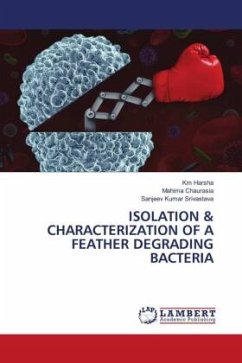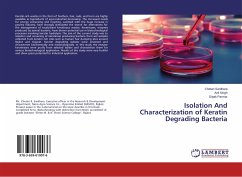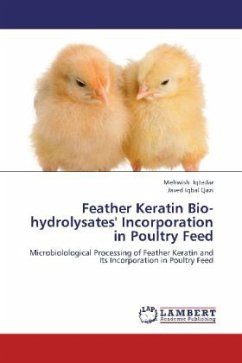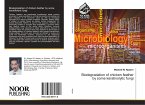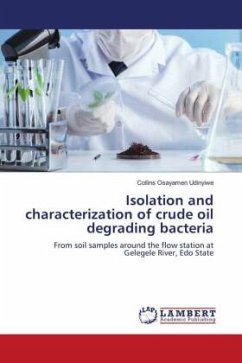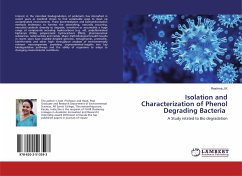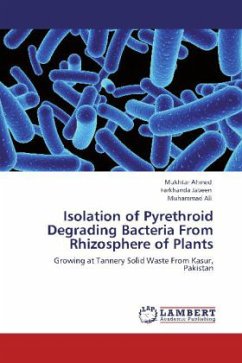The growing global population is associated with increasing demand for food, but besides, there was a need to reduce the gradual deterioration of the environment. Feather waste is generated in large quantities as a by-product of commercial poultry processing. Chicken feather is the major by-product generated in millions of tones from commercial poultry processing, accumulating at a higher rate. The population of the world exceeded 7.7 billion in April 2019 according to the most recent United Nations estimates elaborated by world meters. Around 24 billion chickens per year are killed across the world to fulfill non-vegetarian food demands. Chicken is the most acceptable non-vegetarian item around the world for their meat and eggs. Keratin occurs in the skin, feathers, hooves, horns, claws, etc. There are two main forms of keratin, a- keratin and B- keratin. The a- keratin is found in all vertebrates. They form the hair, horns, nails, claws, and hooves of mammals and the hagfish slime threads. The harder B- B-keratin is found in all living reptiles and birds. They are found in the nails, scales, and claws of reptiles, some reptile's shells.

